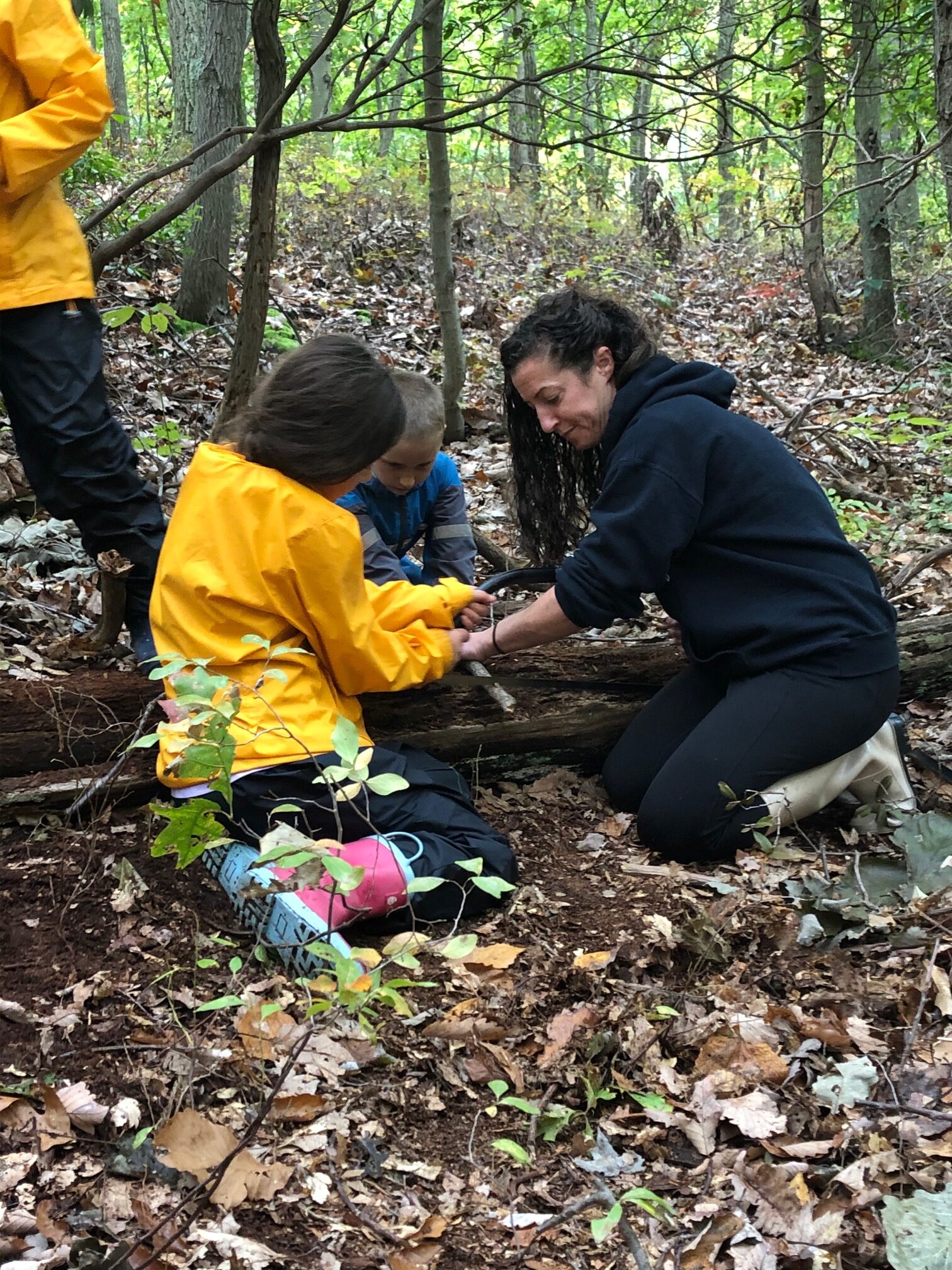When you Get Stuck, Take a Breath and Start Again

I see your pain. And it’s big. I also see your courage. And it’s bigger. We can do hard things.- Glennon Doyle
At Forest School, Social and Emotional Learning (SEL) is the foundation upon which all learning is built. This is also known as scaffolding, which is used to move learners progressively toward stronger understanding and, ultimately greater independence in the learning process. Through SEL, the whole child is served and this enhances the learner’s ability in school, their career and in life. SEL includes self-awareness, self management, social awareness and relationship skills and research has proven that the short and long term benefit of SEL include:
- More positive attitudes toward oneself, others, and tasks including enhanced self-efficacy, confidence, persistence, empathy, connection and commitment to school, and a sense of purpose
- More positive social behaviors and relationships with peers and adults
- Reduced conduct problems and risk-taking behavior
- Decreased emotional distress
- Improved test scores, grades, and attendance
All children are intrinsically motivated to play and through nature play, learners can practice SEL by experientially utilizing tools for conflict resolution, collaboration and kindness, as it keeps the play going for longer periods of time. By taking play outside, these play-based opportunities for social emotional learning increase.
Research also states that nature-immersed programs that work for both an environmentally sustainable future and for the wellbeing of young children help support learners who live with a sense of wonder, sensitivity to beauty, respect and compassion for others, a deep appreciation of the natural world, and an interest in creating a more peaceful, just, and sustainable world
A real win/win/win for the individual, the community and the greater world around us!
 At Forest School, we wholeheartedly see SEL happening at each class. Whether it’s using turn-taking strategies on the rope bridges, or hammocks, coming up with an inclusive book club that requires soft voices and respect for others while listening to a learner read aloud, asking flowers for permission to take them to make bouquets for their friends, pointing out litter, gently handling mini-beasts or problem-solving how to make a natural seesaw that fits 4 friends instead of just 2. It’s all there: learners blooming physically, mentally and spiritually in balance with nature, as they have been for hundreds of thousands of years.
At Forest School, we wholeheartedly see SEL happening at each class. Whether it’s using turn-taking strategies on the rope bridges, or hammocks, coming up with an inclusive book club that requires soft voices and respect for others while listening to a learner read aloud, asking flowers for permission to take them to make bouquets for their friends, pointing out litter, gently handling mini-beasts or problem-solving how to make a natural seesaw that fits 4 friends instead of just 2. It’s all there: learners blooming physically, mentally and spiritually in balance with nature, as they have been for hundreds of thousands of years.
Through focused tool work this week, we were also able to practice teamwork, gross motor, persistence and focus skills to collectively achieve a goal or making wood cookie necklaces out of branches. Prior to using our bow saw to cut, each learner and mentor would make eye contact, take a deep breathe in unison and then ask each other if the other person was ready. Once in the zone, we worked as a team to saw through the wood, allowing the saw to do the work in harmony with nature and each other. Often times, we would get stuck on a knotty part of the wood and would try to muscle through. However, that wouldn’t work here. We had to start again. To pause, take a deep breathe, check in and to let the tool be the instrument that we played as a team. To me, this was an Aha moment that spoke so much to the power of relationships and our connection to each other and the world around us. Creating a heart to heart moment, taking breaks and starting again, gave us the experience to know this- WE CAN DO HARD THINGS TOGETHER.
Something else that amazes while at Forest School is the robust level of naturally evolving communication skills that our learners bring forth. As mentors, we are taught to listen and observe before stepping into a situation with our learners and we are often blown away at what happens when we stay in that pause. These learners practice nonviolent communication (big kudos to our caregivers here, as well) and we hear the learners ask for space, practicing “I feel” statements and openly apologizing to repair relationships, regardless of who was at fault. Through play in nature, the learners have the time and space to deepen their social and emotional learning and to bring out the best in themselves and in each other, adults included!
Storytelling + Storyacting: A Powerful Tool For Children
“Storytelling is the most powerful way to put ideas into the world today.”- Robert McAfee Brown So some may wonder, why is storytelling so crucial to children’s development and how can we encourage the practice with them? “Storytelling connects your child to...
What is Friluftsliv and Can It Make Us Healthier, Happier and More Creative?
"Friluftsliv isn't something you can touch. It's something you feel in your soul."– August Casson Friluftsliv (pronounced FREE-loofts-liv) or “open-air life” is a big part of Aishling Forest School’s outdoor pedagogy and is a centuries-old Nordic tradition of...
How Forest School Nurtures Brain Development
“When we help a child to feel secure, feel appreciated, feel that “somebody is deeply, truly interested in me,” by the way we just look, the way we just listen, we influence that child’s whole personality, the way that child sees life.” – Magda Gerber It is...




